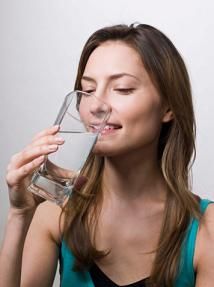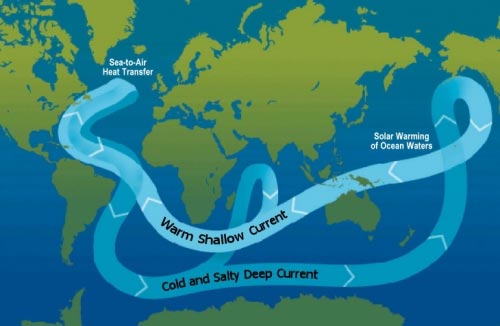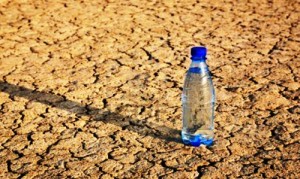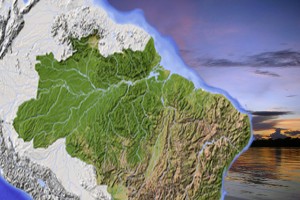 You must have heard that drinking plenty of water promotes healthier life; but have you heard about weight loss benefits offered by water? The following article throws light on the relationship between ‘drinking water and weight loss’. Read on to know various uses of water…
You must have heard that drinking plenty of water promotes healthier life; but have you heard about weight loss benefits offered by water? The following article throws light on the relationship between ‘drinking water and weight loss’. Read on to know various uses of water…
Body cells function well when they are provided with ample amounts of water. Only a well-hydrated body can function efficiently. Water enables the glands and the organs in the body to work properly and quickly. All chemical processes occurring within the body involve energy metabolism. Drinking plenty of water helps boost your metabolic rate and make you feel more energetic. Increased metabolic rate results in weight loss. This is the simple explanation for water and weight loss myth. Read more





